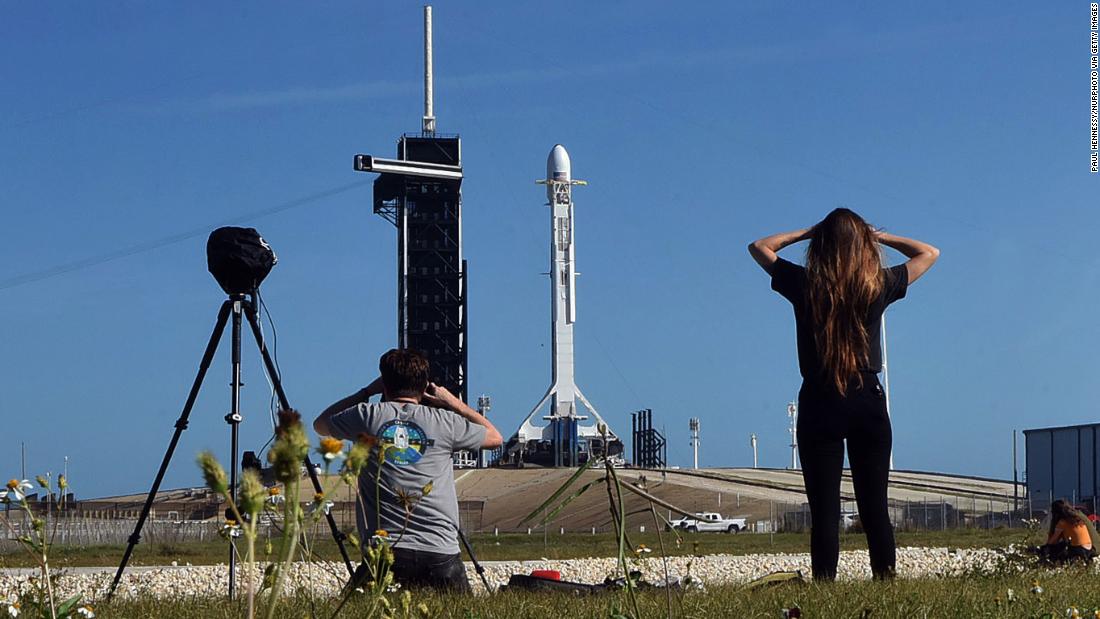[ad_1]
The countdown clock made it all the way to zero, and a launch official was heard giving the final updates — “ignition” and liftoff!” — but nothing happened. “Disregard, we have an abort,” the announcer continued.
SpaceX’s Michael Andrews, a supply chain supervisor, said on the company’s webcast Sunday that the hold was triggered by computers, which constantly survey the rocket’s data in the moments before liftoff and can automatically stop the engines from firing if any abnormal readings are detected. Andrews added that, overall, the rocket was in good health.
Launch aborts have happened before with SpaceX rockets that later go on to complete successful missions after engineers investigate the problem.
SpaceX said on Twitter that it “will announce next launch date opportunity once confirmed.”
For this mission, the Falcon 9 will use a first-stage booster, the largest and bottom-most part of the rocket that provides the initial thrust at liftoff, that has made four previous trips to space. SpaceX routinely recovers, refurbishes and reuses rocket parts to reduce the price per launch.
The 60 internet-beaming satellites on board the rocket will join about 300 others that SpaceX previously launched for its Starlink constellation.
SpaceX plans to eventually beam cheap, high-speed broadband across the globe using thousands of tiny satellites. Over the past few months, it’s deployed new satellites at a breakneck pace.
SpaceX CEO Elon Musk says he hopes to sign up the first Starlink customers this year. The company will launch service in the US and Canada first.
[ad_2]
Source link


